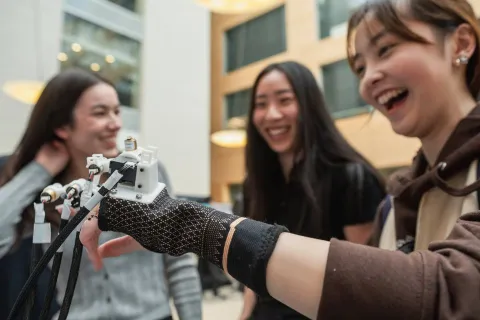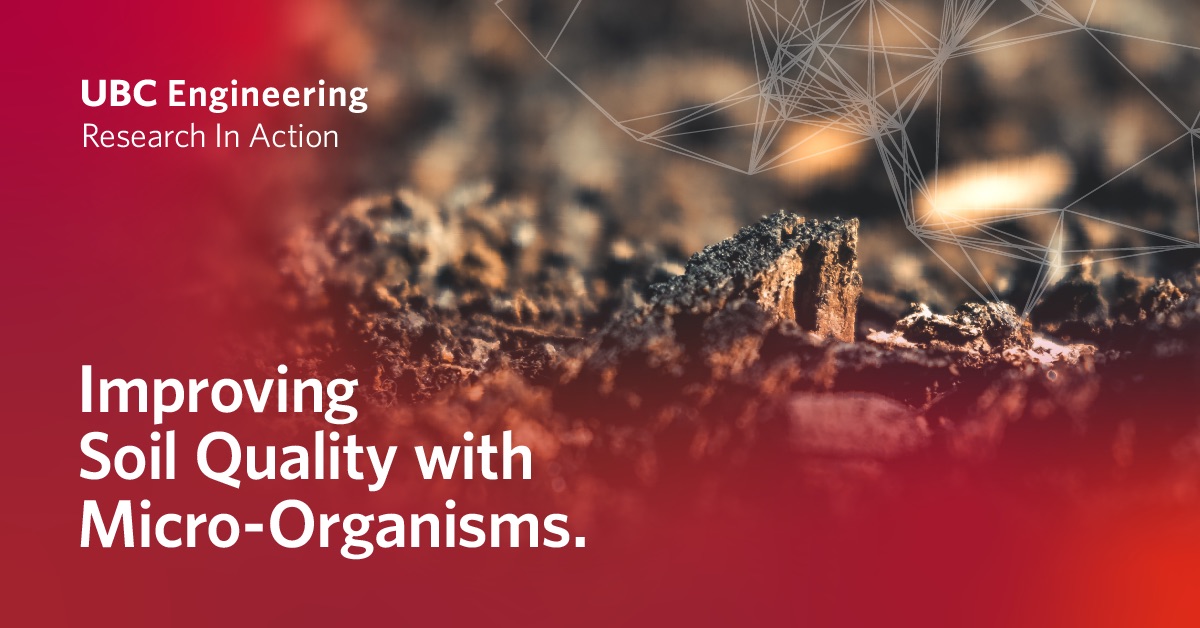
You’ve probably heard from teachers, parents and others that majoring in a STEM-related field is a great choice if you want a well-paying and rewarding career.
But if you’re not sure just where you fit within the subjects of STEM (science, technology, engineering and math), don’t despair! They are all incredibly interesting areas, and it can be hard to know which specific field is best for you. And while you’ve studied science and math in high school, you’re less likely to have taken courses in engineering or technology, making these subjects less familiar.
A first year focus on STEM
The foundation year at UBC Engineering could probably be renamed “STEM year”. You’ll take courses in science (physics and chemistry), math, technology (an introduction to coding) and engineering (two engineering classes where you will learn to think like an engineer).

What courses do you need to get into engineering?
If you’re thinking about studying engineering, it’s good to know what the prerequisites are so that you can meet the admissions criteria. Taking the high school courses you’ll need will enable you to keep all your options open when it comes time to apply to university.
Keep an open mind about your options
After first year, you’ll be ready to make an informed choice about which of the 14 engineering specializations on offer at UBC best aligns with your interests in skills. And while you might have an idea of what kind of engineering you want to pursue,keep an open mind! Some students do, in fact, end up choosing their initial specialization. But the majority end up discovering their passion over the course of first year, and it’s not always in the area they assumed.

Co-op Chronicles: Thriving in Computer Engineering
Unlike some other schools, UBC Engineering allows students to explore various engineering specializations before you commit to one of them in second year. I welcomed this opportunity to explore my interests and identify what I was passionate about!
UBC Engineering students also show how the “e” in STEM is the connecting glue. In 2023, Integrated Engineering students did a third-year capstone project that drew on their knowledge of biology, machine learning, electronics and more to design a system beekeepers can use to monitor their hives and prevent colony death from mite infestations. The resulting solar energy powered system – known as beezy – collects data on temperature, humidity and carbon dioxide and includes a machine learning system that identifies mite-infected bees so beekeepers can take action to save their colonies before it’s too late

beezy: Remotely monitoring beehives to detect and prevent infestations
The beezy project is a testament to accessible, autonomous technology, meticulously monitoring living conditions within a beehive, allowing beekeepers to maintain healthy colonies of Western honeybees.
The takeaway
If you’re interested in STEM education, consider engineering. It enables you to bring together knowledge from technology, science and math and apply it to make the world a better place.
Find out more about UBC Engineering and how it brings together the best of STEM!











